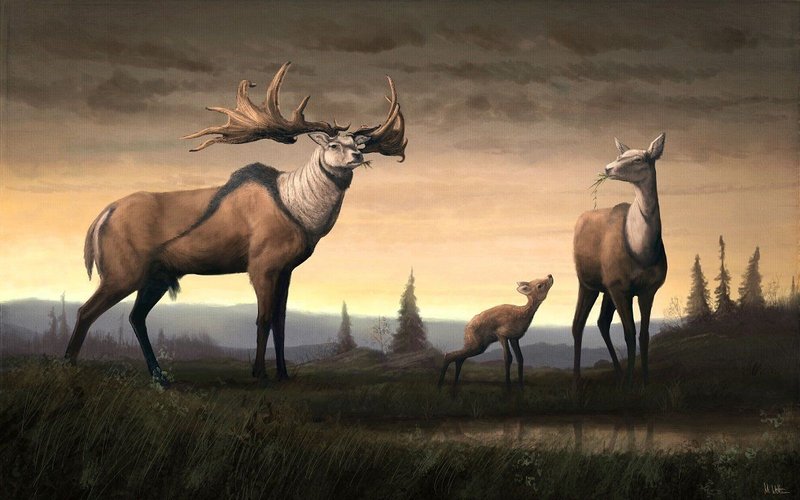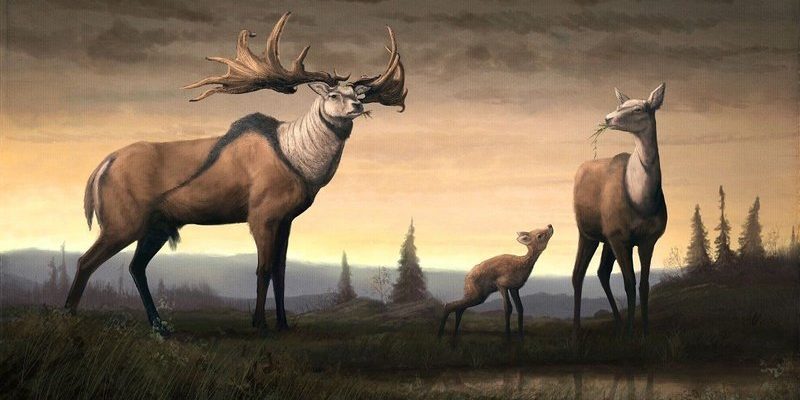
Just as the wise old owl might symbolize knowledge and wisdom, conures carry meanings tied to friendship, joy, and celebration in various cultures. With their social nature and chattering voices, they embody the spirit of community and connection. Let’s dive deeper into how the conure has earned its place in local cultures and folklore, discovering the fascinating tales and meanings behind these colorful creatures.
Conures in Indigenous Cultures
Many indigenous communities in South America have long admired conures, particularly species like the sun conure and the green-cheeked conure. These birds aren’t just beautiful; they also hold significant cultural meanings. For instance, in some Amazonian tribes, conures represent the playful spirit of life. Their vibrant colors are seen as a reflection of nature’s beauty, symbolizing happiness and abundance.
Interestingly, conures are often depicted in traditional art and crafts. Wood carvings, textiles, and pottery sometimes feature these birds, reminding people of their joyous presence. More than just decorative items, these representations can tell stories of connection between humans and nature. The bright plumage of conures has inspired many artisans, creating a bridge between the natural world and human creativity.
Another fascinating aspect is their role in storytelling. Elders often recount tales of conures that help lost travelers find their way home or birds that sing songs to bring rain during dry seasons. These stories not only entertain but serve as a way to pass down important cultural values, emphasizing harmony with nature and the importance of community.
The Symbolism of Conures in Folklore
In folklore, conures often embody playfulness and friendship. Many stories revolve around their social nature, where these birds act as messengers between friends or symbolizing the bonds of family. For example, a popular tale depicts a conure that brings a message of love from one partner to another, reinforcing the idea that true feelings should never remain unspoken.
Moreover, conures are sometimes seen as symbols of resilience. In various tales, they are portrayed as creatures who overcome obstacles—like escaping predators or surviving harsh weather—showing that joy can prevail even in difficult circumstances. These narratives resonate with people facing challenges in their own lives, offering hope and inspiration to keep moving forward.
Some cultures also view conures as protectors. There’s a belief that having a conure nearby can ward off negative energies, bringing positive vibes into a home. This belief reflects a broader appreciation for the natural world and the roles various creatures play in maintaining balance and harmony.
Conures and Their Role in Festivals
Conures often take center stage at local festivals, where their colorful feathers and vibrant personalities steal the spotlight. In many South American festivals, these birds are celebrated with parades, dances, and songs. People dress in bright costumes that mirror the colors of conures, celebrating not just the bird but also the spirit of joy and togetherness it represents.
For instance, during the famous Carnival in Brazil, you might find conure motifs in the decorations and floats. The lively atmosphere mirrors the playful nature of the birds, creating a sense of connection among attendees. This celebration of conures brings communities together, fostering bonds between families and friends, much like the birds themselves.
In addition, some traditional ceremonies involve the presence of conures. Their chirping and antics inject joy into the rituals, reminding participants to embrace happiness and share laughter. This incorporation of conures into cultural events underscores their significance as symbols of positive energy and community spirit.
Conures in Modern Culture
As we move into modern times, conures have not lost their charm. They continue to play an essential role in contemporary culture, often seen as pets that bring companionship and joy to families. In many households, conures are not just birds—they’re family members. Their affectionate behavior and playful antics make them beloved companions, reflecting the same qualities celebrated in folklore.
Social media has also pitched in, bringing conures into the limelight. You’ll find countless videos and posts showcasing their quirky personalities, vibrant colors, and even their ability to talk! This visibility has made conures a symbol of happiness and friendship in today’s digital age. People share their experiences raising these birds, forming communities that celebrate the unique bond between humans and conures.
Additionally, there’s a growing movement surrounding the conservation of conures and their habitats. As awareness spreads about the environmental challenges facing these birds, many communities are stepping up to protect them. This effort mirrors the longstanding respect for conures that has existed in various cultures for centuries.
Conservation Efforts and Cultural Impact
As charming as they are, conures face challenges in the wild. Habitat loss and illegal trapping have put pressure on their populations. Many cultures recognize the importance of protecting these birds, as they’ve been part of the local ecosystem and folklore for so long. Efforts to conserve conure habitats often involve community education, highlighting the interdependence between wildlife and human culture.
For instance, in some regions, programs aim to educate locals about sustainable practices that protect both conures and their habitats. Schools may incorporate lessons about local wildlife, fostering a sense of pride and responsibility among younger generations. This educational approach not only helps conserve conures but also strengthens the cultural ties people have with these birds.
Additionally, festivals and events focused on conservation have emerged, celebrating the beauty of conures while raising awareness about their protection. These events often include art, music, and storytelling, combining traditional cultural practices with modern conservation efforts. It’s a beautiful way to merge the past and the future, ensuring that conures remain a part of local cultures for generations to come.
The Conure’s Role in Urban Settings
Interestingly, conures have also adapted well to urban environments, becoming part of the local culture in cities. In places like San Francisco and Miami, wild conures can be spotted flying around, delighting residents with their vibrant displays. These urban birds have taken on a new role, serving as a reminder of nature’s resilience amidst concrete jungles.
Their presence in urban areas often leads to stories and shared experiences among locals. People gather in parks to watch these birds, fostering a sense of community. Shared moments of joy from observing conures can spark conversations, strengthen friendships, and cultivate a love for nature even in bustling city life.
Moreover, urban wildlife photography has gained popularity, with conures featuring prominently in this niche. Local photographers capture the beauty and antics of these birds, creating a connection between city dwellers and nature. Through art, folks are reminded of the importance of preserving green spaces and protecting local wildlife, including the beloved conure.
Conures are not just colorful birds; they are vibrant threads woven into the rich tapestry of local cultures and folklore. From indigenous stories that highlight their playful spirit to modern celebrations that showcase their beauty and charm, conures continue to inspire joy and connection among communities. As we recognize their role in our shared cultural heritage, we must also acknowledge the importance of protecting these remarkable birds and their habitats.
So, the next time you hear the cheerful chatter of a conure, remember the deep cultural significance behind those sounds. Whether in folklore or modern communities, these birds remind us of the joy of connection, the strength of community, and the importance of living harmoniously with nature. Let’s celebrate the conure, not just as a pet, but as a symbol of happiness and a vital part of our cultural fabric.

